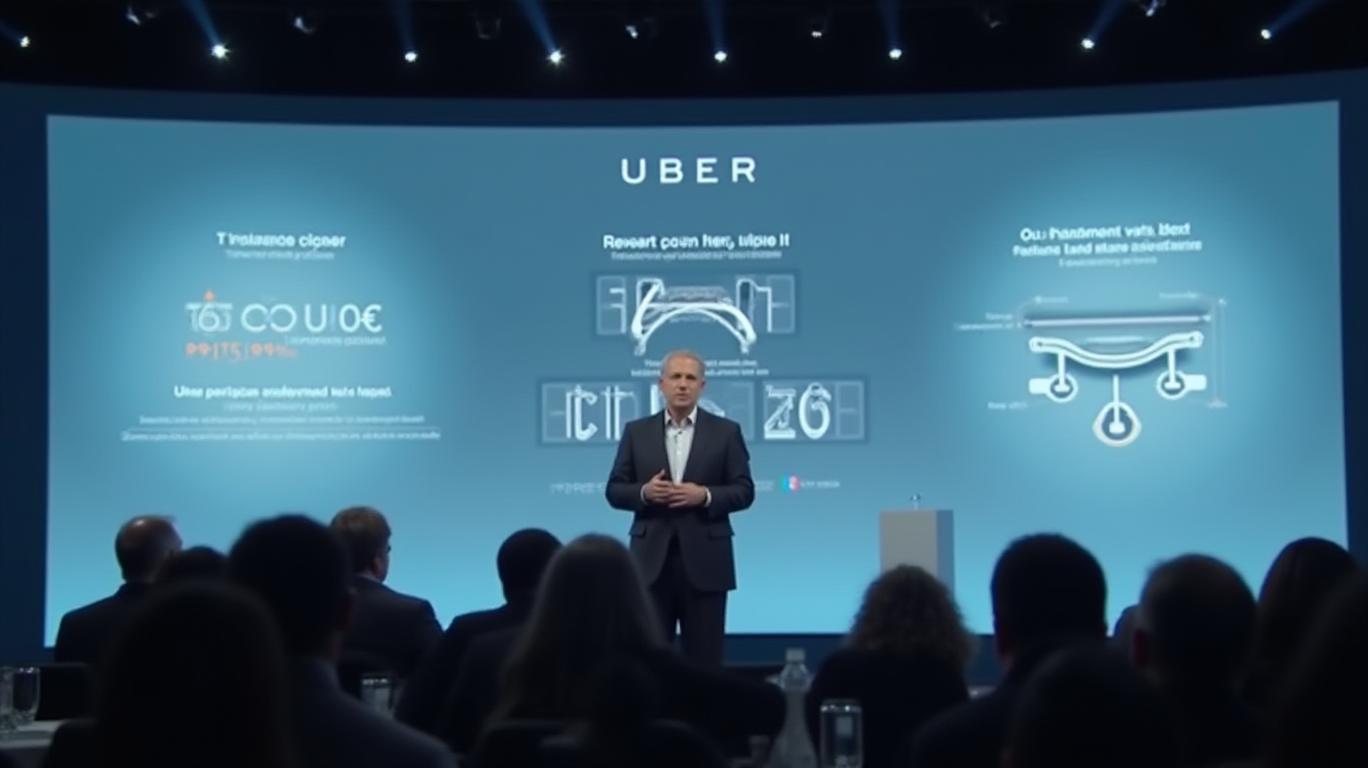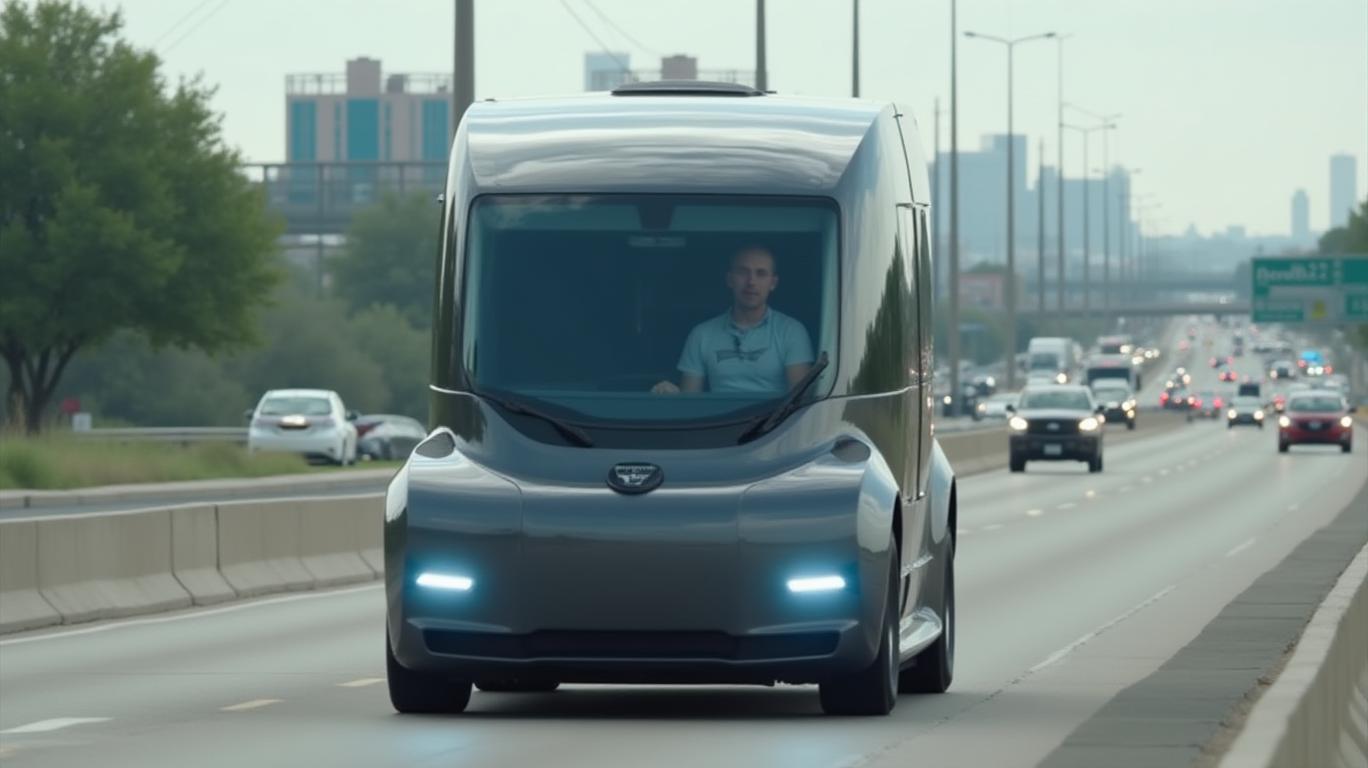Uber's Q1 Results and AGM: Navigating Crossroads in a Turbulent Market

The last week has been a pivotal period for Uber Technologies, Inc., as investors digested its Q1 2025 earnings and prepared for its annual shareholder meeting. The results and discussions during these events have set the stage for debates about whether Uber’s recovery is real or merely a mirage. Let’s dissect the data and implications.
The Earnings Surprise: A Glimmer of Stability?
On May 2, Uber reported Q1 2025 net sales of $10.7 billion, narrowly beating forecasts of $10.6 billion. More striking was the EBITDA figure of $1.57 billion, a 26% year-over-year jump that outperformed even the most optimistic projections. Meanwhile, net income surged to $1.015 billion, a staggering 54.6% above expectations, driven by cost-cutting measures and higher ride demand in urban markets.
Yet, skeptics argue these numbers mask deeper vulnerabilities. The EBIT (earnings before interest and taxes) of $796 million fell short of the $801 million forecast, hinting at lingering pressure from rising operational costs. Analysts at Goldman Sachs noted, “While EBITDA growth is encouraging, the lack of EBIT improvement suggests Uber still hasn’t cracked the code on sustainable profitability.”
The AGM: Governance Meets Strategy
The May 4 Annual General Meeting amplified these concerns. Shareholders grilled management on executive compensation, board diversity, and the company’s push into autonomous vehicle partnerships—a costly endeavor with uncertain timelines. CEO Dara Khosrowshahi defended the strategy, stating, “Autonomous tech is the next frontier for ride-hailing dominance. We’re investing now to secure long-term gains.”
Critics, however, worry that this focus diverts resources from core issues. A leaked internal memo revealed that 30% of drivers in key U.S. markets are now using rival platforms like Lyft and DoorDash’s ride service, underscoring Uber’s slipping grip on its bread-and-butter business.
The Numbers That Matter Most
The EPS of $0.47—a 48% beat over forecasts—has fueled short-term optimism, but investors should look deeper. The EPS growth relied heavily on one-time gains from asset sales, not recurring revenue. Meanwhile, the company’s cash reserves dipped to $2.3 billion, down from $3.1 billion a year ago, raising questions about its ability to fund aggressive expansion.
Industry analyst Maria Chen of Morgan Stanley warns, “Uber’s stock could face a reckoning if Q2 results show EBITDA growth slowing while expenses rise. The market won’t tolerate half-measures anymore.”
Conclusion: A Fork in the Road
Uber’s recent performance offers a paradox: impressive top-line growth and EBITDA resilience contrast with stubborn operational inefficiencies and strategic risks. The Q1 results, while positive, are a mixed bag. The stock’s fate now hinges on two critical factors:
- Sustaining EBITDA momentum without sacrificing driver or rider incentives.
- Delivering tangible ROI on its autonomous tech and global expansion bets.
Investors should monitor the August 4 Q2 earnings release closely. If Uber can show EBITDA margins expanding further while reducing cash burn, the stock could climb toward pre-pandemic highs. But if costs spiral or market share continues to slip, the $10.7 billion in Q1 sales may look like a fleeting high-water mark.
In the end, Uber’s story isn’t about whether it can grow—it’s about whether it can grow profitably. The market’s verdict will be swift.










